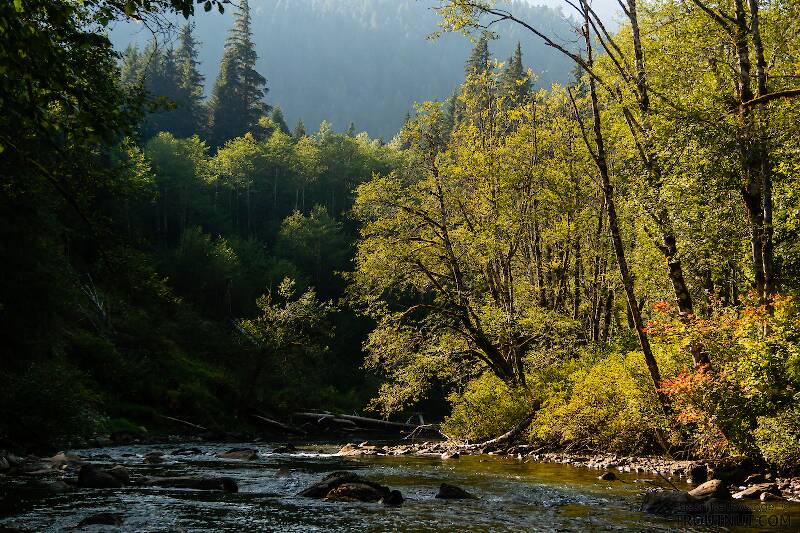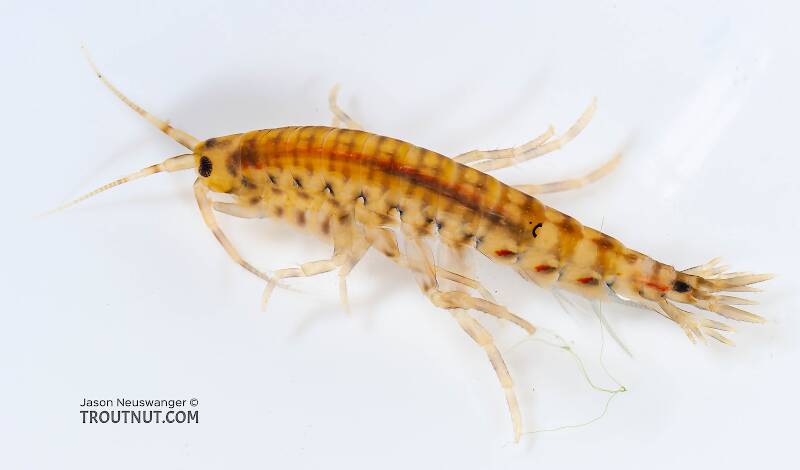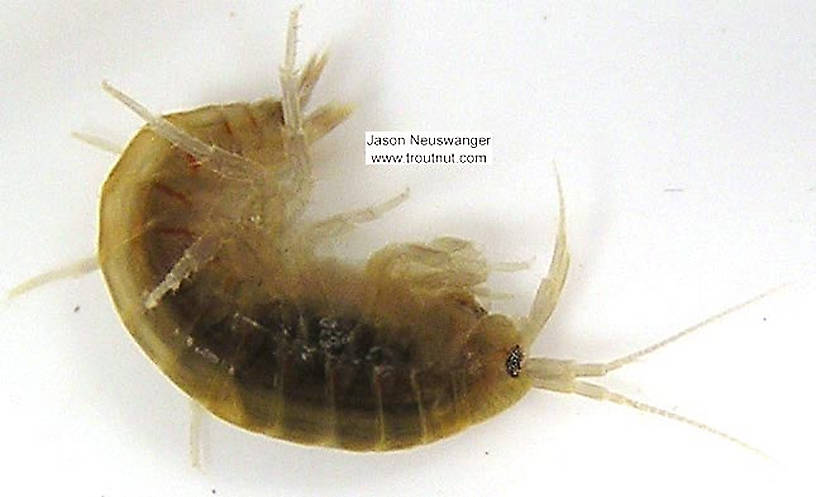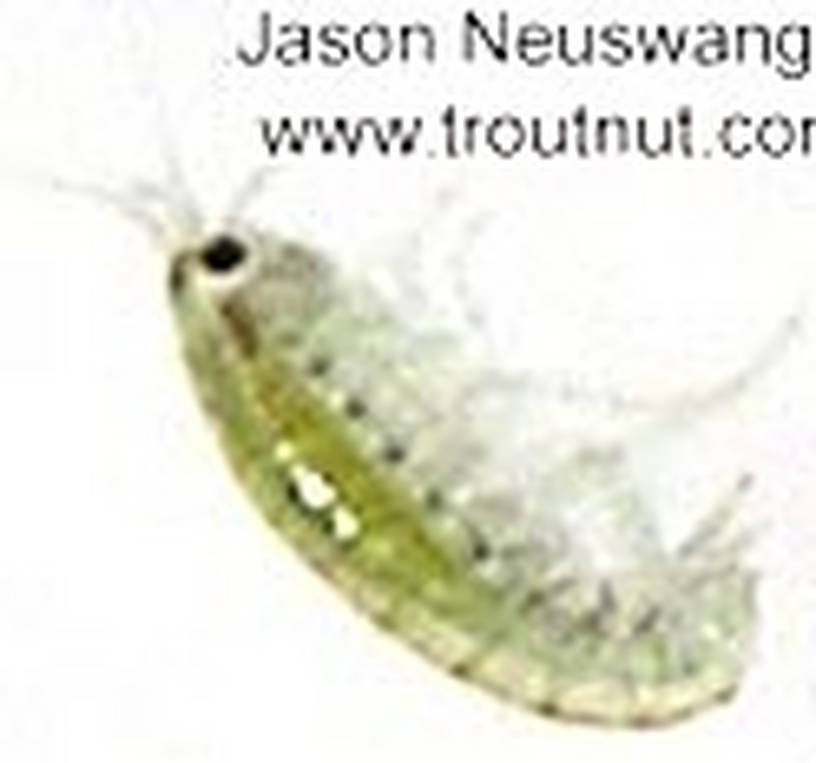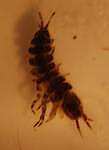
Blue-winged Olives
Baetis
Tiny Baetis mayflies are perhaps the most commonly encountered and imitated by anglers on all American trout streams due to their great abundance, widespread distribution, and trout-friendly emergence habits.
Featured on the forum

This wild-looking little thing completely puzzled me. At first I was thinking beetle or month larva, until I got a look at the pictures on the computer screen. I made a couple of incorrect guesses before entomologist Greg Courtney pointed me in the right direction with Psychodidae. He suggested a possible genus of Thornburghiella, but could not rule out some other members of the tribe Pericomini.

Troutnut is a project started in 2003 by salmonid ecologist Jason "Troutnut" Neuswanger to help anglers and
fly tyers unabashedly embrace the entomological side of the sport. Learn more about Troutnut or
support the project for an enhanced experience here.
This topic is about the Arthropod Order Amphipoda
Scuds can be an extremely important trout food source. They are often the most abundant aquatic macroinvertebrate in their habitat.They are crustaceans so they don't go through the same life-cycle complications as aquatic insects. They start out as small scuds, grow to be big scuds, and die. The most significant family to anglers is Gammaridae with the species of the Gammarus genus heading up the list. The smaller Hyalella species of the Talitridae can also be important.
Though they all share the same silhouette, they can come in a surprising variety of sizes and colors. They run from size 8 to as small as you wish to imitate. The most common colors are olive or tan, though they can be found with yellow or gray base colors as well. Shading is often illusive to describe with highlights of pink, orange, green and even blue at times. It pays for anglers to notice both size and color differences in the waters they fish.
Example specimens
Halabano
Posts: 1
Posts: 1
Halabano on Apr 2, 2009April 2nd, 2009, 8:28 pm EDT
Hi! i m working on Pakistani amphipods. i want to be intouch with scientists & students working on amphipods taxonomy & ecology
Quick Reply
Related Discussions
Topic
Replies
Last Reply
Re: Stomach Contents, Eclectic Feeding, and "Selectivity" Featured Topic
In General Discussion by PaulRoberts
In General Discussion by PaulRoberts
19
Apr 17, 2012
by Oldredbarn
by Oldredbarn
3
Mar 9, 2014
by Entoman
by Entoman
0
Mar 17, 2011
by Troutnut
by Troutnut
10
Aug 10, 2007
by JAD
by JAD
9
Sep 3, 2009
by Al514
by Al514

